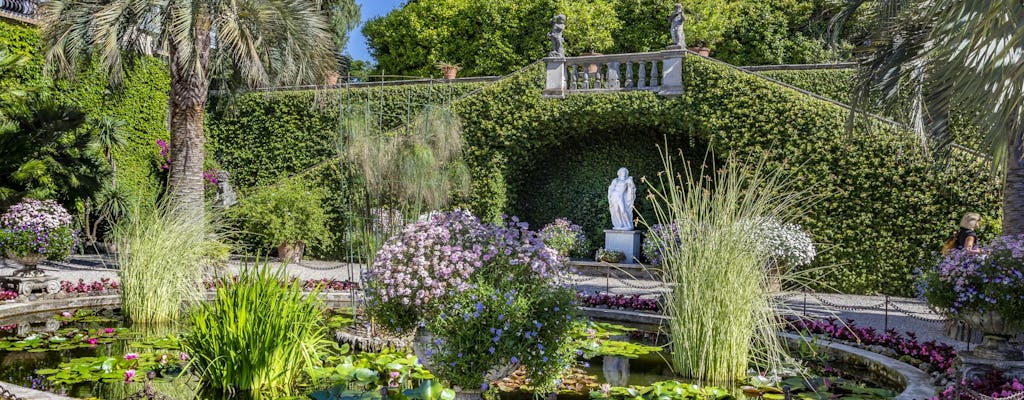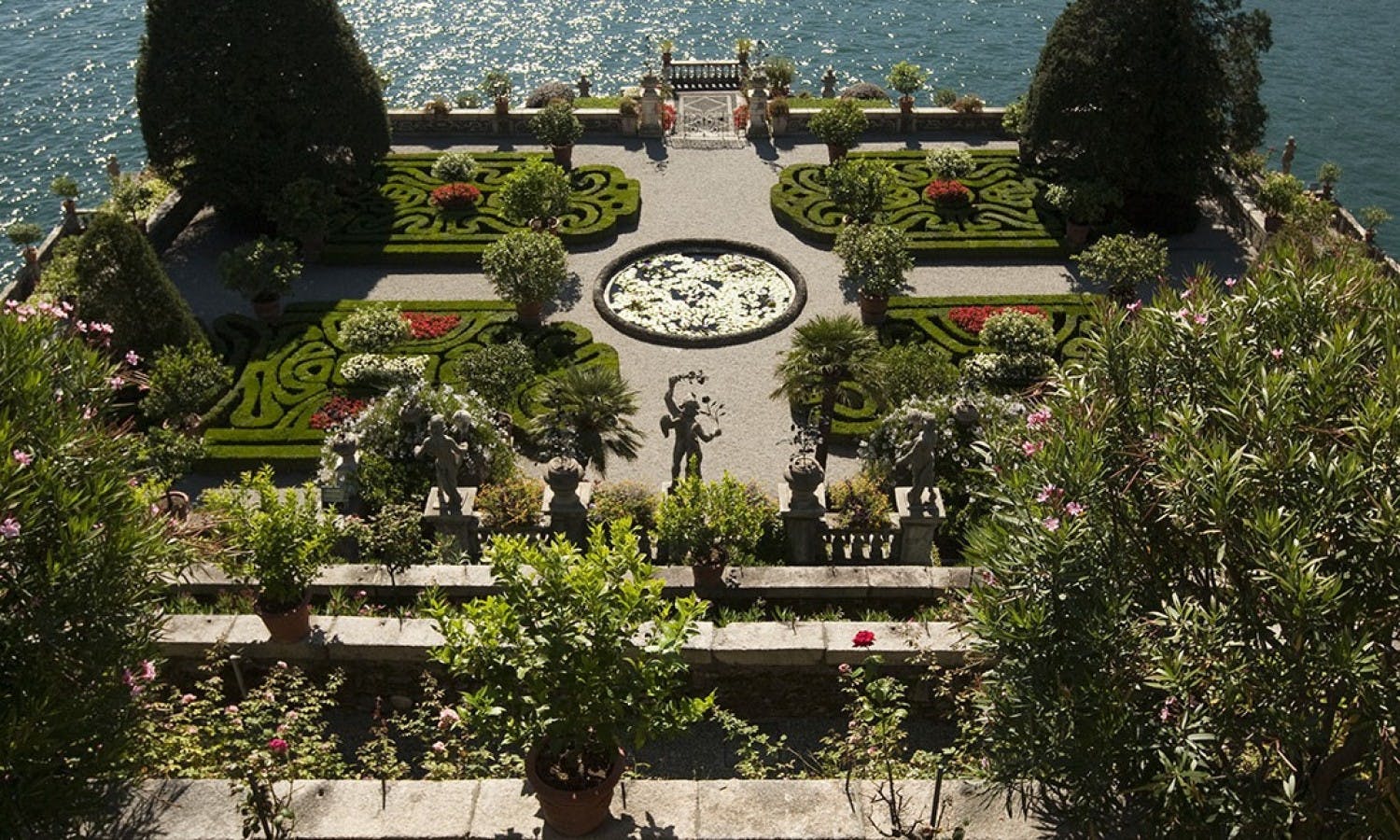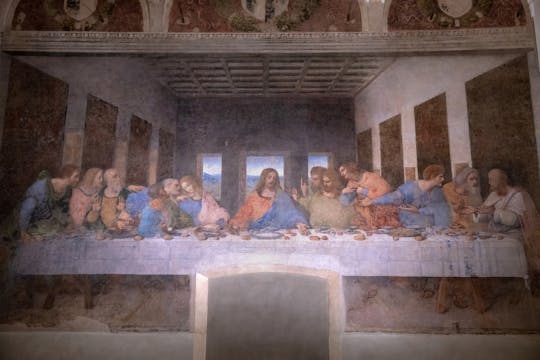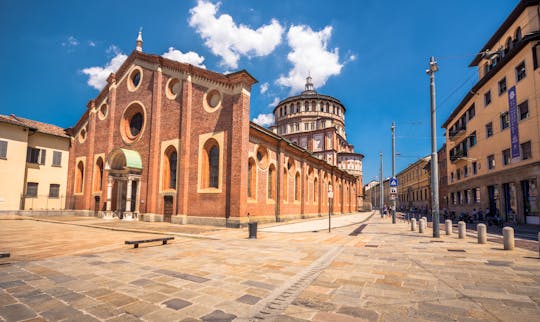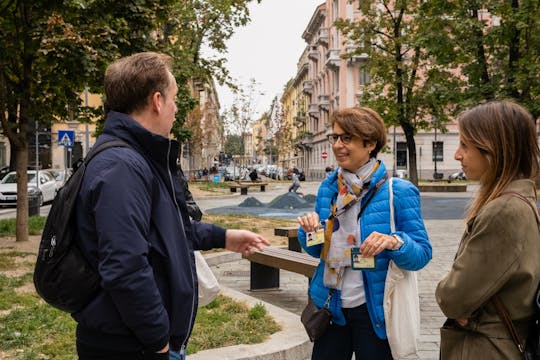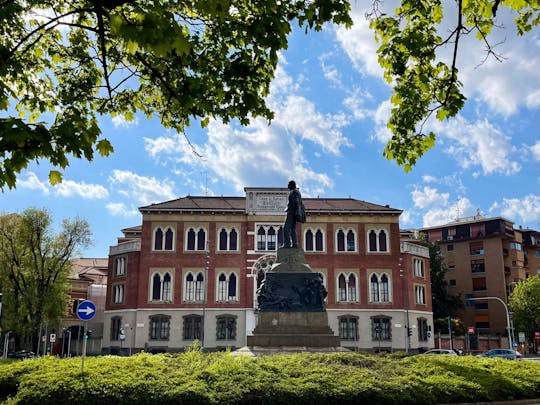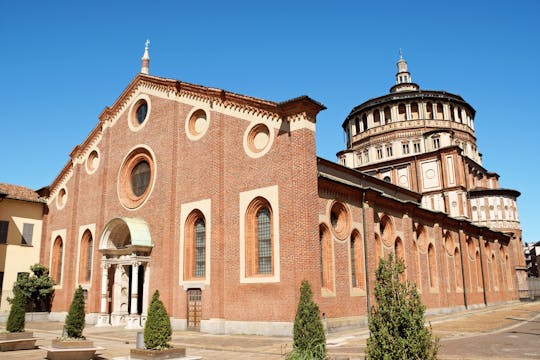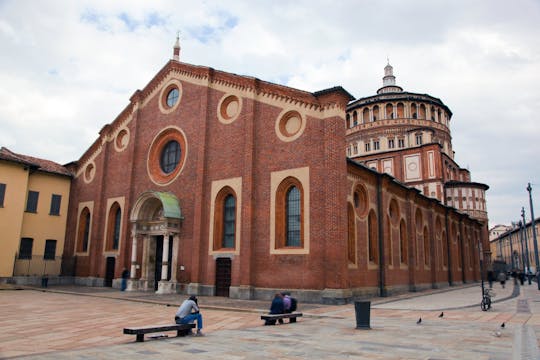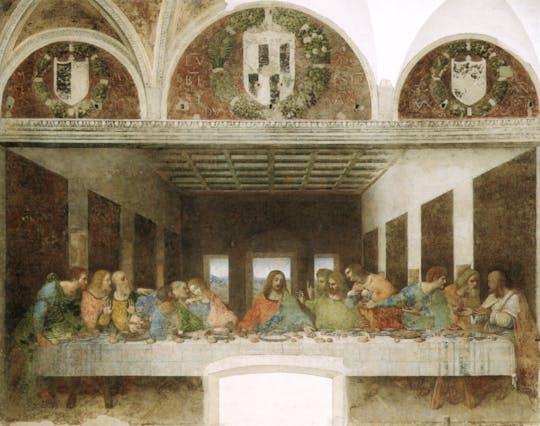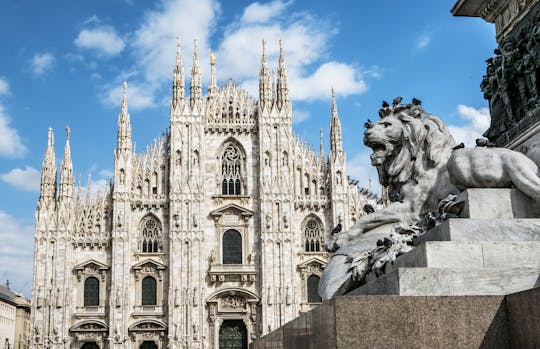Isola Bella was conceived in 1650 by Count Vitaliano VI Borromeo who decided to transform a rock outcropping from the lake into a place of delight. It took four centuries to complete this magnificent work that includes the Borromeo Palace and the spectacular gardens. A fascinating itinerary inside the more than 20 rooms of the Borromeo Palace, passing through the Berthier Gallery which houses a collection of 130 paintings, up to the Hall of Tapestries where the gaze is lost admiring the golden weaves of these precious artifacts. Not to be missed are the caves, covered with pebbles, originally built to amaze and refresh the guests of the palace. Impossible not to be amazed by the Italian Baroque garden where architecture, sculpture and nature come together in a perfect union. The protagonist is the Teatro Massimo with its imposing pyramidal structure composed of ten terraces adorned with statues, obelisks and fountains.
Isola Madre with its 18 hectares is the largest of the Borromean Islands. At the end of the eighteenth century, the island had taken on the appearance that it still retains today and began to be considered a place of peace and rest thanks to the mild climate and lush nature. From the nineteenth century, the park was transformed: thanks to a particular microclimate, rare botanical species from all over the world found their habitat in this grandiose English garden. Animals with colorful plumage and lush vegetation still make it the perfect destination for lovers of nature and hidden beauty. At the center of the garden stands the sixteenth-century Palazzo Borromeo, which today houses prestigious furnishings and a collection of puppets and period theaters made around 1830 by the famous set designer of the Teatro alla Scala in Milan, Alessandro Sanquirico.
Pallavicino Park extends for 18 hectares on the lakefront of Stresa among plants and flowered avenues. A great wonder of the park are the secular trees among which stand out the chestnuts and the giant liriodendrons, among the oldest in Italy, as well as the magnificent cedar of Lebanon. The Garden of Flowers, with its colorful flower beds and rose garden, offers new blooms throughout the summer. The Park is famous for the over 50 species of animals that populate it, such as zebras, kangaroos, coati, the whooping crane and flamingos. In the space of the Farm, you can meet up close deer, llamas, alpacas, sheep and goats. A playful moment for adults and children that helps them to get to know these animals better.
